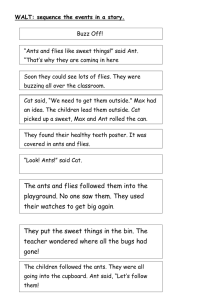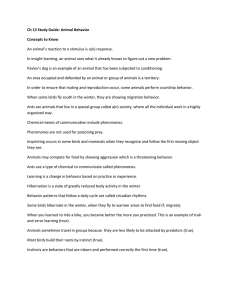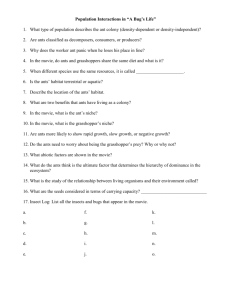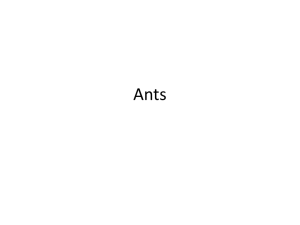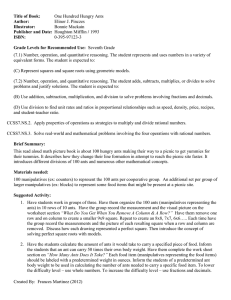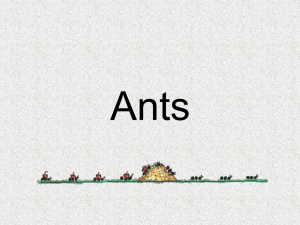Math 5120, Homework 3 R u(a, t) = ce
advertisement
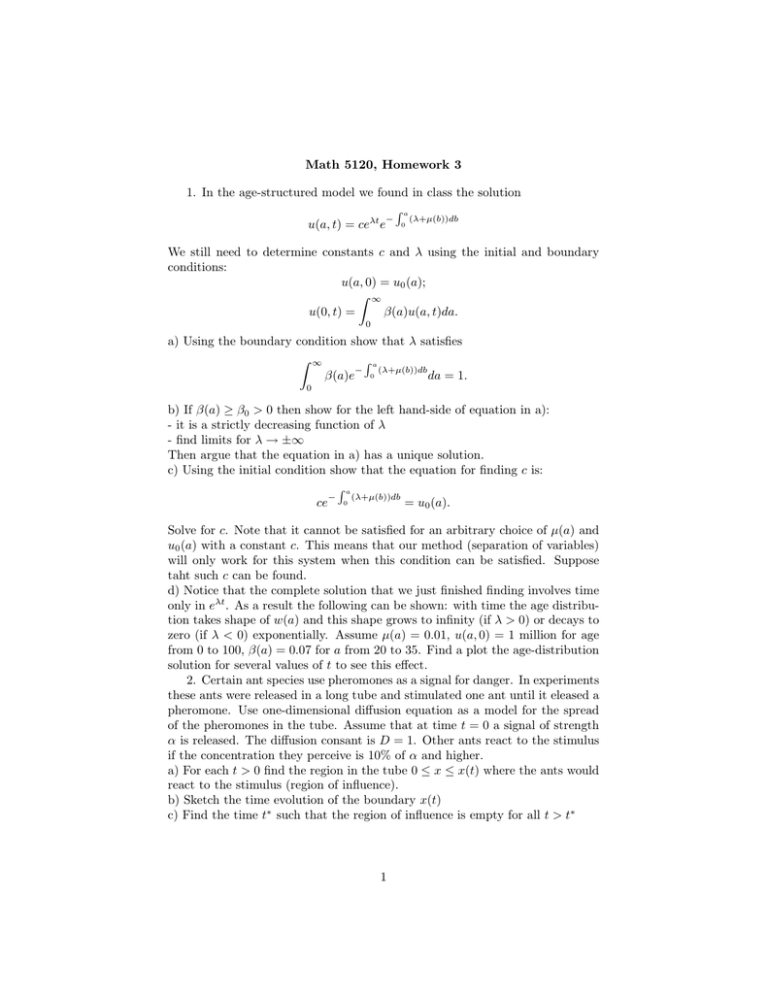
Math 5120, Homework 3 1. In the age-structured model we found in class the solution Ra − (λ+µ(b))db u(a, t) = ceλt e 0 We still need to determine constants c and λ using the initial and boundary conditions: u(a, 0) = u0 (a); Z ∞ u(0, t) = β(a)u(a, t)da. 0 a) Using the boundary condition show that λ satisfies Z ∞ Ra − (λ+µ(b))db β(a)e 0 da = 1. 0 b) If β(a) ≥ β0 > 0 then show for the left hand-side of equation in a): - it is a strictly decreasing function of λ - find limits for λ → ±∞ Then argue that the equation in a) has a unique solution. c) Using the initial condition show that the equation for finding c is: Ra − (λ+µ(b))db ce 0 = u0 (a). Solve for c. Note that it cannot be satisfied for an arbitrary choice of µ(a) and u0 (a) with a constant c. This means that our method (separation of variables) will only work for this system when this condition can be satisfied. Suppose taht such c can be found. d) Notice that the complete solution that we just finished finding involves time only in eλt . As a result the following can be shown: with time the age distribution takes shape of w(a) and this shape grows to infinity (if λ > 0) or decays to zero (if λ < 0) exponentially. Assume µ(a) = 0.01, u(a, 0) = 1 million for age from 0 to 100, β(a) = 0.07 for a from 20 to 35. Find a plot the age-distribution solution for several values of t to see this effect. 2. Certain ant species use pheromones as a signal for danger. In experiments these ants were released in a long tube and stimulated one ant until it eleased a pheromone. Use one-dimensional diffusion equation as a model for the spread of the pheromones in the tube. Assume that at time t = 0 a signal of strength α is released. The diffusion consant is D = 1. Other ants react to the stimulus if the concentration they perceive is 10% of α and higher. a) For each t > 0 find the region in the tube 0 ≤ x ≤ x(t) where the ants would react to the stimulus (region of influence). b) Sketch the time evolution of the boundary x(t) c) Find the time t∗ such that the region of influence is empty for all t > t∗ 1

